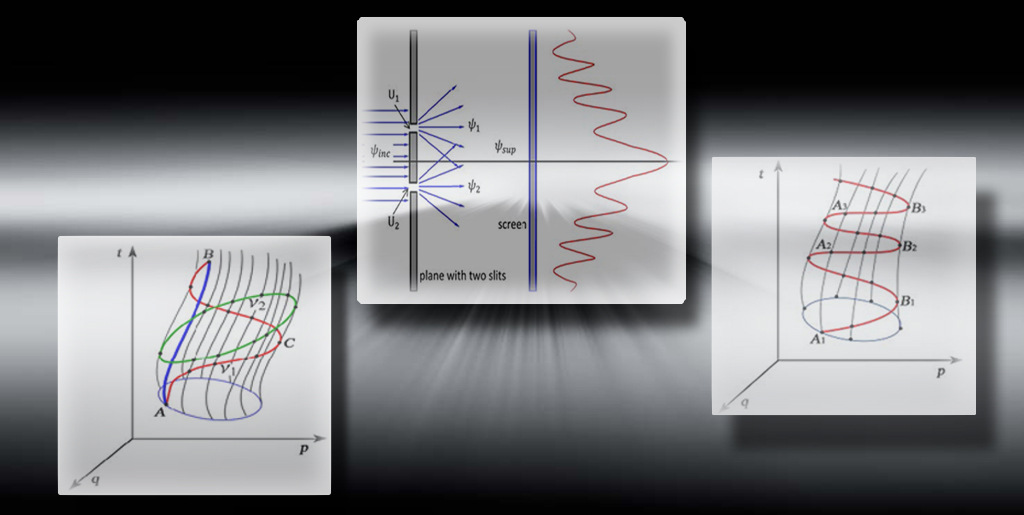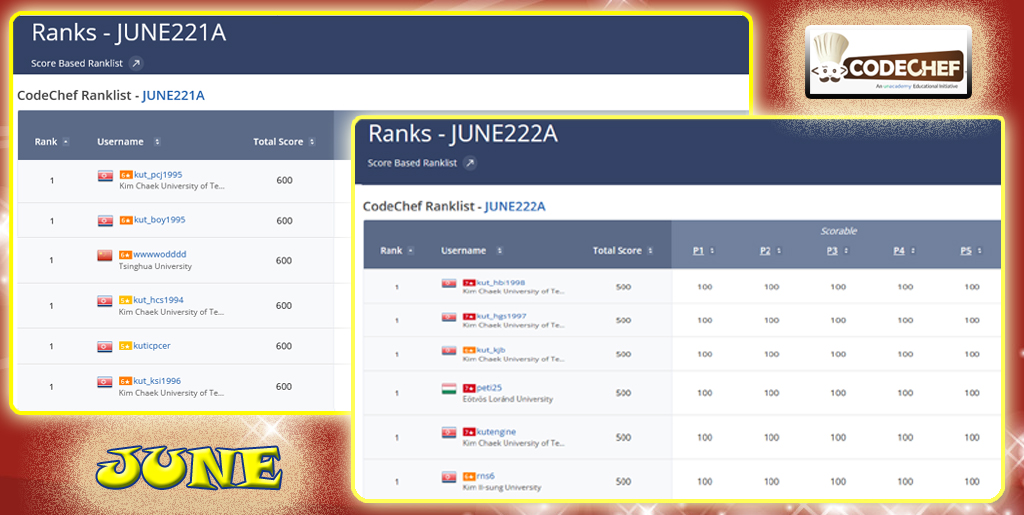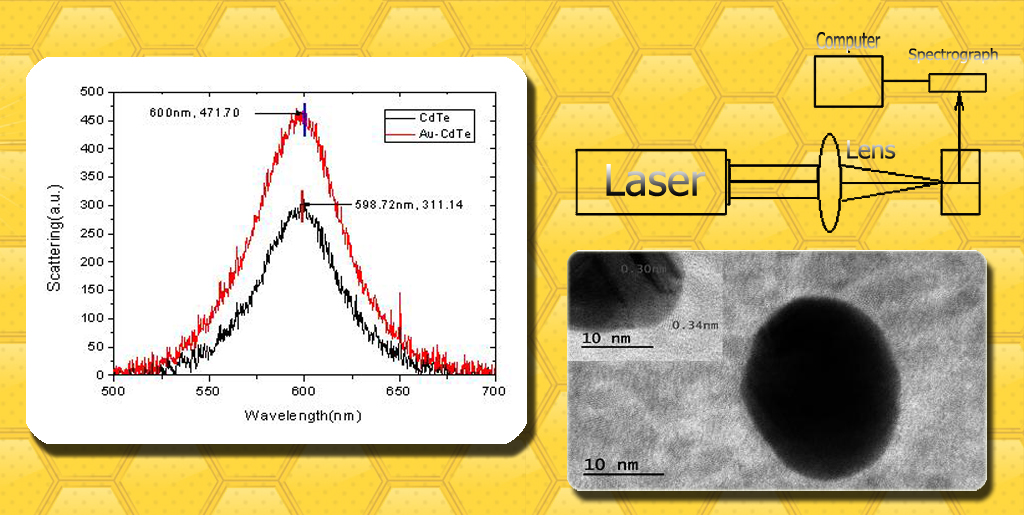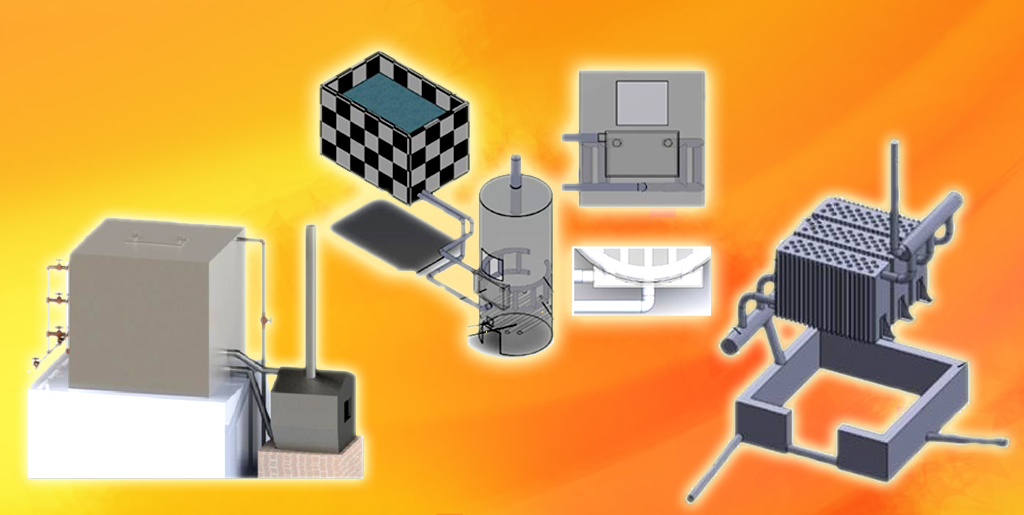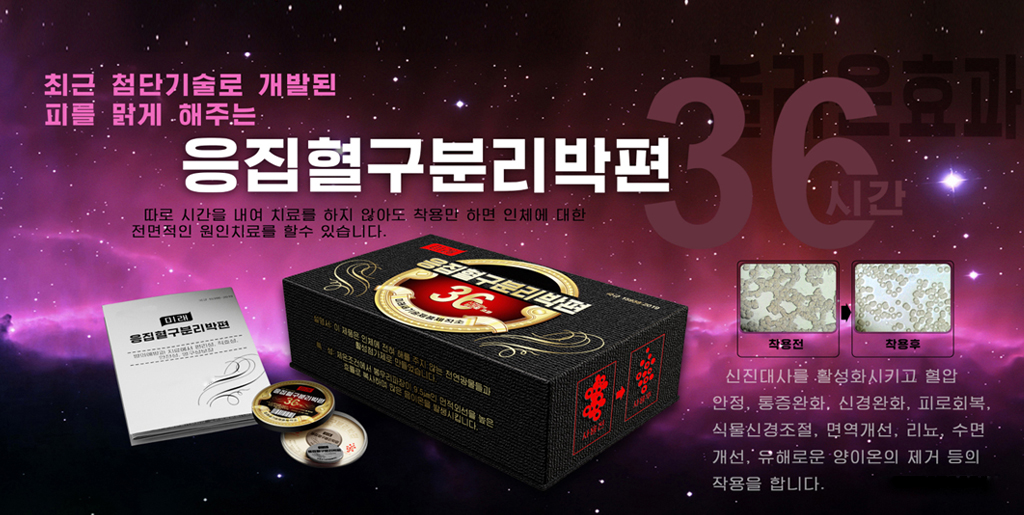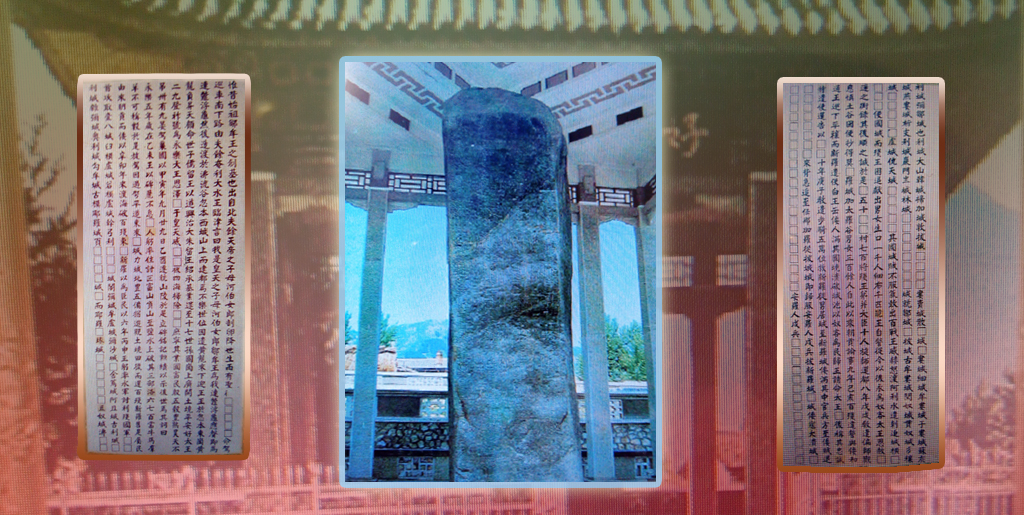Jo Feb 23, 2024
Drawing up the most reasonable charging schedule is one of the most important challenges to be solved in wireless rechargeable sensor networks (WRSNs).
However, in existing on-demand charging schemes using multicriteria, it leaves space for efficient combination of multicriteria in the proactive charging process as well as in determination of charging location and charging time.
To solve this problem, Ri Man Gun, an institute head at the Faculty of Communications, has proposed a novel charging scheduling scheme called eIFVT (exploiting an Integrated FAHP-VWA-TOPSIS).
The eIFVT first calculates the exact weights of multicriteria characterizing the sensor nodes including charging request nodes using FAHP-VWA. These weights are then used to select the most suitable next-to-be-charged nodes and future potential-to-be-bottlenecked nodes with TOPSIS and to determine the partial charging time of the on-demand charging scheme adaptively.
The extensive simulation results show that the eIFVT greatly improves the charging and network performance for various metrics compared with existing schemes.
For more information, please refer to his paper “eIFVT: Exploiting an Integrated FAHP-VWA-TOPSIS in Whole-Process of On-Demand Charging Scheduling for WRSNs” in “IEEE SYSTEMS JOURNAL” (SCI).
...
Jo Feb 22, 2024
Coming February 24 is Jongwoldaeborum (lunar January 15). From ancient times, our people have pleasantly celebrated the day as a great folk holiday second to the lunar New Year’s Day.
Among the typical dishes for the day are ogokbap and nine kinds of side dishes made of dried vegetables.
Ogokbap is boiled rice admixed with four other staple cereals. The five cereals vary a little in different areas, but the most common ones are rice, foxtail millet, sorghum, bean and adzuki bean.
Nine kinds of side dishes made of dried vegetables are usually cooked on the day.
In a strict sense, the nine kinds are not fixed, but mean “a variety of” or “lots of” vegetables because nine is the biggest figure.
Popular materials for the nine kinds of side dishes were leaves of pepper plants, bracken, fern, goosefoots, etc. in Pyongyang and its vicinity, where they were also called “black herbs” as they were black. And they were roots of bellflowers, todok, leopard plants, seaweed, etc. in the areas of Hamgyong Province and mushroom, dried slices of pumpkin or radish, etc. in Kangwon Province and its neighbouring districts.
It has been said that eating nine kinds of dried vegetables on the day keeps people healthy and resistant to the summer heat for the whole year.
The custom of enjoying special meals with ogokbap and nine dishes of dried vegetables on the full moon day is associated with the pioneering spirit and love for the native land of our people, who have created and developed their own way of dietary life and food culture with various common food materials in their home places.
The custom also reflects the scrupulous household management and economization spirit of our people, who have stored foodstuffs like dried vegetables, edible herbs and seaweeds for effective use in winter and made economical use of even a kind of food material without any waste.
In addition, the custom shows our people’s civilized concept of health care saying that they could keep themselves healthy by eating ogokbap and various kinds of vegetables as they could take various kinds of nutritious substances from a variety of food.
The custom is still being handed down, adding national flavor to our life.
...
Jo Feb 20, 2024
Quality index of cast aluminum alloy is a measure to evaluate its quality based on tensile mechanical properties such as yield strength (YS), ultimate tensile strength (UTS), elongation to fracture (Ef) and strain energy density W.
Quality index Q0 evaluates material quality on the basis of the balance between YS and W, and it evaluates material’s potential in combination of tensile strength, ductility and toughness.
Its calculation formula involves strain energy density W as a term and W is calculated by integration of true stress–true strain tensile flow curve. So Q0 can be evaluated only if the tensile flow curve of the alloy is known and it may make the use of Q0 difficult.
Yang Won Chol, a researcher at the Faculty of Materials Science and Technology, has developed an approximate formula for calculating Q0 according to YS, UTS and Ef without requiring W.
He developed approximate formulas for Q0 which are expressed as a function of YS, UTS and Ef using multiple linear and quadratic regression models, and evaluated their performances from the viewpoints of mean absolute error (MAE), mean relative error (MRE), determination coefficient (R2) and simplicity. The results demonstrated that they have excellent performances.
The MAE, MRE, R2 and F-statistic of the multiple linear regression model for Q0 are respectively 19.981 MPa, 3.792%, 0.944 and 523.344, and the MAE, MRE, R2 and F-statistic of the multiple quadratic regression model for Q0 are respectively 3.322MPa, 0.566%, 0.998 and 7 277.034.
These approximate formulas could be widely used to evaluate the quality of cast aluminum alloys for materials designers and engineers in practice.
You can find more information in his paper “Approximate formulas for quality index Q0 of cast aluminum alloys according to mechanical tensile properties using multiple linear and quadratic regression models” in “ International Journal on Interactive Design and Manufacturing” (EI).
...
Jo Feb 18, 2024
One of the folk festivals our people have celebrated from olden times is Jongwoldaeborum (lunar January 15). Jongwoldaeborum was also called Sangwon. The festival usually started on January 14. The 14th was called ‘small full moon day’ and the 15th ‘big full moon day’. On the day our people held some interesting ceremonies reflecting a simple wish for good luck and rich crops in the new year.
On the evening of the day everybody climbed the hills at the back of their villages to enjoy the full moon, which was called welcoming the first full moon.
The custom of welcoming the first full moon enjoyed by everyone implies the following.
It was said that if a single man saw the moon first, he would marry a girl with a fair complexion and if a sonless man took the first, he could have a fine son. That is why people tended to offer the best places at the front to single and sonless men so that they could be the first to see the moon, and when a single got married to a pretty girl or when somebody got a baby son that year, people said it was attributable to their watching the first full moon. Some people wished themselves good luck watching the rising round moon and made bows several times. Some others predicted the success or failure of that year’s farming from the shape, color and position of the full moon.
Popular and exciting folk games for the festival were erecting a stack of grain stalks on the small full moon day and welcoming the first full moon, torch fighting, marrying a fruit tree off, tug of war, wagon fighting, kite-flying, pinwheel whirling, etc. on the big full moon day.
...
Jo Feb 16, 2024
When the dimension of data is larger than the number of samples, linear discriminant analysis (LDA) cannot be applied directly to high-dimensional data. This case is called small-sample-size (SSS) or under sampled problem.
To solve this problem, some local learning based various image clustering models are proposed.
Pak Kwang Jun, a lecturer at the Faculty of Applied Mathematics, has proposed a local learning based exponential regularized discriminant clustering model.
In the proposed local exponential regularized discriminant clustering (LERDC) model, local scatter matrices of regularized discriminant model are projected in the exponential domain in order to handle the SSS problem of LDA. In the proposed LERDC model, for each image, the local image matrix is constructed comprising k nearest neighbor images, and the local exponential regularized discriminant model (LERDM) is devised to evaluate the clustering results for the images in the local image matrix.
To verify his method, he compared it with existing state-of-the-art local learning based clustering approaches. The results showed that the proposed LERDC model achieved a comparable clustering performance to that of the near competitor LDMGI model which is based on LDA.
...
Jo Feb 15, 2024
Rare earth neodymium and neodymium-iron alloys are the main materials for production of Nd-Fe-B magnet.
The density, electric conductivity and melting point are the important properties of molten neodymium electrolyte. Knowledge of density is helpful for electrolyte selection with reasonable composition, which contributes to better separation of melts and metallic neodymium.
There have been some reports on the physical properties of neodymium fluoride electrolyte, where alkali fluorides were supposed to replace LiF and the changes of these physical properties with temperature and composition of the electrolyte were considered.
In an attempt to reduce the cost of producing metallic neodymium and neodymium-iron alloys by molten salt electrolysis, Jang Pok Nam, a section head at the Faculty of Metal Engineering, has investigated the melting point, density, electric conductivity and viscosity of ternary (NdF3-LiF-BaF2, NdF3-LiF-CaF2) and quaternary (NdF3-LiF-BaF2-CaF2) neodymium fluorides.
He drew the following conclusions.
The melting point of 90wt% (NdF3-LiF)-10wt% (BaF2-CaF2) melt is the lowest, about 702℃ and the density of molten salts linearly changes with the temperature. In ternary system, the melting points of 85wt%(NdF3-LiF)-15wt%BaF2 and 90wt%(NdF3-LiF)-10wt%CaF2 fall relatively, and in quaternary system, 90wt%(NdF3-LiF)-10wt%(BaF2-CaF2) has the lowest melting point among the considered samples. The relation between temperature and density is linear. Addition of BaF2 and CaF2 increased the viscosities of the considered molten salts. However, 90wt%(NdF3-LiF)-10wt%(BaF2-CaF2) melt has the lowest viscosity. Electrical conductivity of molten salts increases with the temperature and the content of LiF. At the same temperature, quaternary electrolyte has a greater value of electrical conductivity than ternary electrolyte. From the above measurements, it is concluded that 90wt%(NdF3-LiF)-10wt%(BaF2-CaF2) melt can reduce the cost of producing neodymium or neodymium iron alloys.
...


